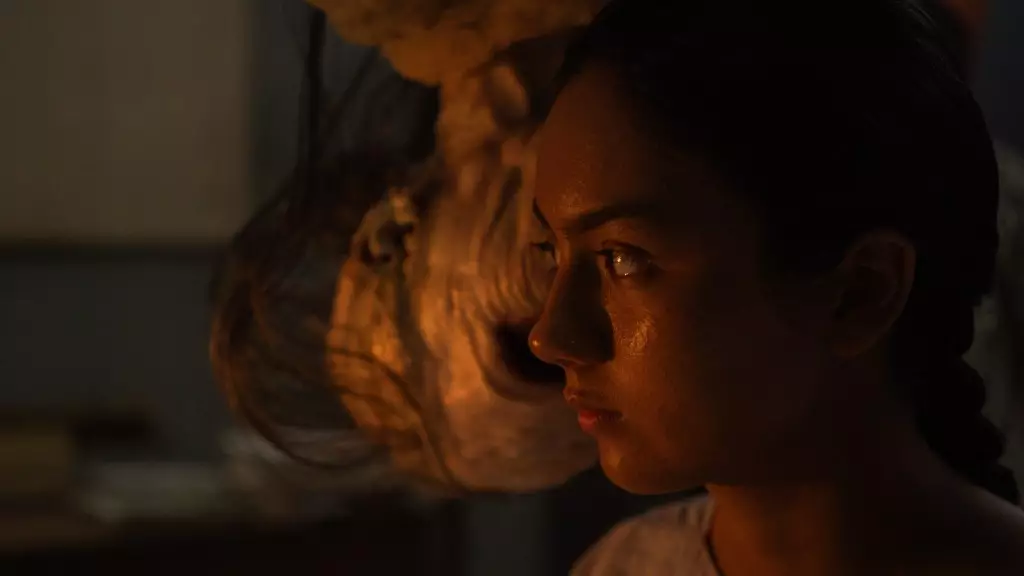As the global film landscape continues to evolve, Indonesian cinema is carving a niche that is impossible to ignore, and “Pabrik Gula” (Sugar Mill) stands as a testament to this burgeoning era. Produced by MD Pictures and unveiled through EST N8, this horror film—set for U.S. theatrical release in April 2025—allows audiences to glimpse the unique folklore and cultural depth that Southeast Asia has to offer. The collaboration between Indonesian filmmakers and American production companies is not just a business deal; it represents a financial validation and, more importantly, a cultural conversation between Eastern and Western perspectives on horror.
The Brilliance of Awi Suryadi
Director Awi Suryadi has already made waves with his previous success, “KKN di Desa Penari,” which was the highest-grossing Indonesian film to date. His unique approach to blending narrative with horror tropes offers viewers an experience that goes beyond just scares. “Pabrik Gula” promises to introduce audiences to chilling experiences that incorporate local myths, transporting them into a world where history and horror are inextricably intertwined. This dimension is crucial because true horror often stems from a culture’s fears and legends, making the emotional stakes far more compelling.
Cinematic Quality and Storytelling Depth
MD Pictures is known for its commitment to high-quality storytelling and cinematography, which gives “Pabrik Gula” a fighting chance at capturing international attention. With over 200 films under their belt, they have proven mastery of diverse genres. The film’s description—a horror narrative intertwined with the themes of vengeance and dark folkloric forces—hints at a sophisticated storytelling structure that elevates the conventional horror script. Rather than merely relying on jump scares and empty thrills, the film digs deep into the psychological and emotional turmoil of its characters as they unravel the mystery behind the demons haunting them.
Evolving Audience Expectations
Filmgoers are no longer passive consumers; they seek rich narratives that resonate personally and culturally. “Pabrik Gula” seems to offer just that, as it revolves around seasonal workers trapped in a haunting scenario. This setup allows exploration of themes such as socioeconomic disparities and endurance against malevolent forces—an accessible metaphor for real-life struggles many audiences face today. This layer of complexity is what sets truly remarkable horror apart from formulaic scares; it provides viewers a chance to confront their fears while reflecting on societal issues.
The Allure of Folklore
In a world saturated with horror films that often recycle Western tropes, “Pabrik Gula” draws on local folklore, enriching the genre with narratives less familiar to international audiences. As cultural exchanges become more prominent, the horror genre offers a unique lens through which audiences can learn about different societies. The film’s potential to tap into traditional Indonesian folklore only heightens its allure, as it serves not just to frighten but to educate and explore social myths. If executed well, this could be a defining moment for how international audiences view Indonesian storytelling.
A Growing Market for Diversity
The emergence of “Pabrik Gula” fits seamlessly into the recent surge of interest in diverse voices in cinema. Organizations like EST N8 have recognized the global appetite for South Asian narratives, creating a new platform for these voices to reach international markets. As U.S. audiences become more intrigued by non-Western storytelling, films like “Pabrik Gula” fulfill that craving, offering not just entertainment but cultural reflection.
The Excitement of IMAX and Wider Reach
The decision to screen “Pabrik Gula” on IMAX screens across North America signals bold ambition. Horror thrives in cinematic settings that amplify tension and fear, and IMAX technology could enhance this film’s atmosphere enormously. As major studios are increasingly prioritizing blockbuster franchises, independent narratives often take a backseat. However, “Pabrik Gula” rises against this trend, embodying a hopeful sign that unique and localized narratives can find substantial audiences in premium formats.
Overall, “Pabrik Gula” is emerging as not just another entry in the horror genre but as an exciting cultural export that pushes boundaries and challenges perceptions. The film’s rich narrative possibilities and cultural resonance position it to be a standout release in 2025, effectively merging entertainment with insightful commentary on society and the human condition. This is what the future of horror cinema should look like—adventurous, inclusive, and deeply rooted in its cultural origins.


Leave a Reply